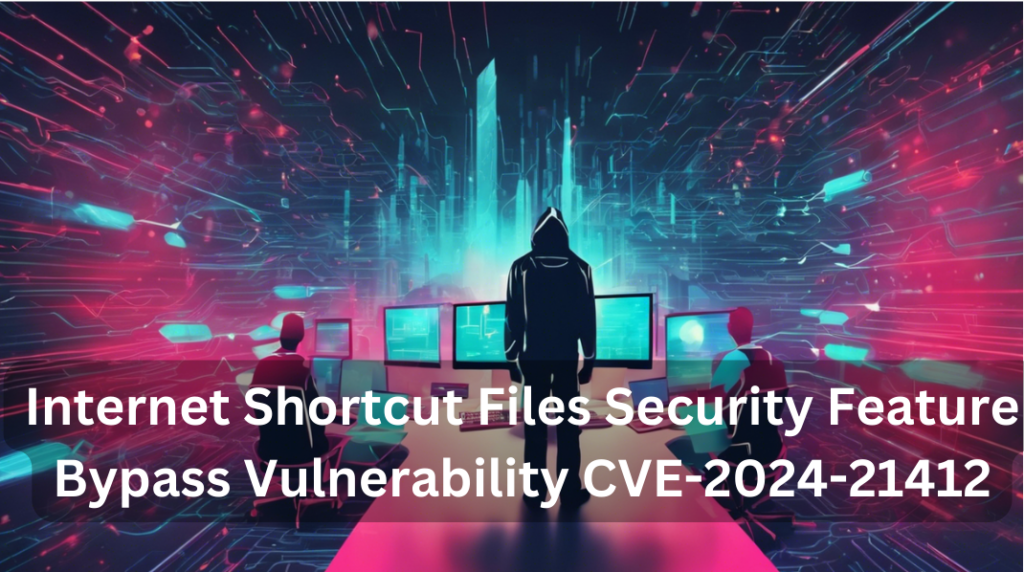CrowdStrike update bricking Windows machines around the world
CrowdStrike update bricking Windows machines around the world- How to Fix? Introduction In a recent turn of events, an update to a product from infosec vendor CrowdStrike has wreaked havoc on Windows machines worldwide. Users are reporting Blue Screen of Death (BSOD) errors, rendering their PCs unable to reboot. Let’s dive into the details and […]




